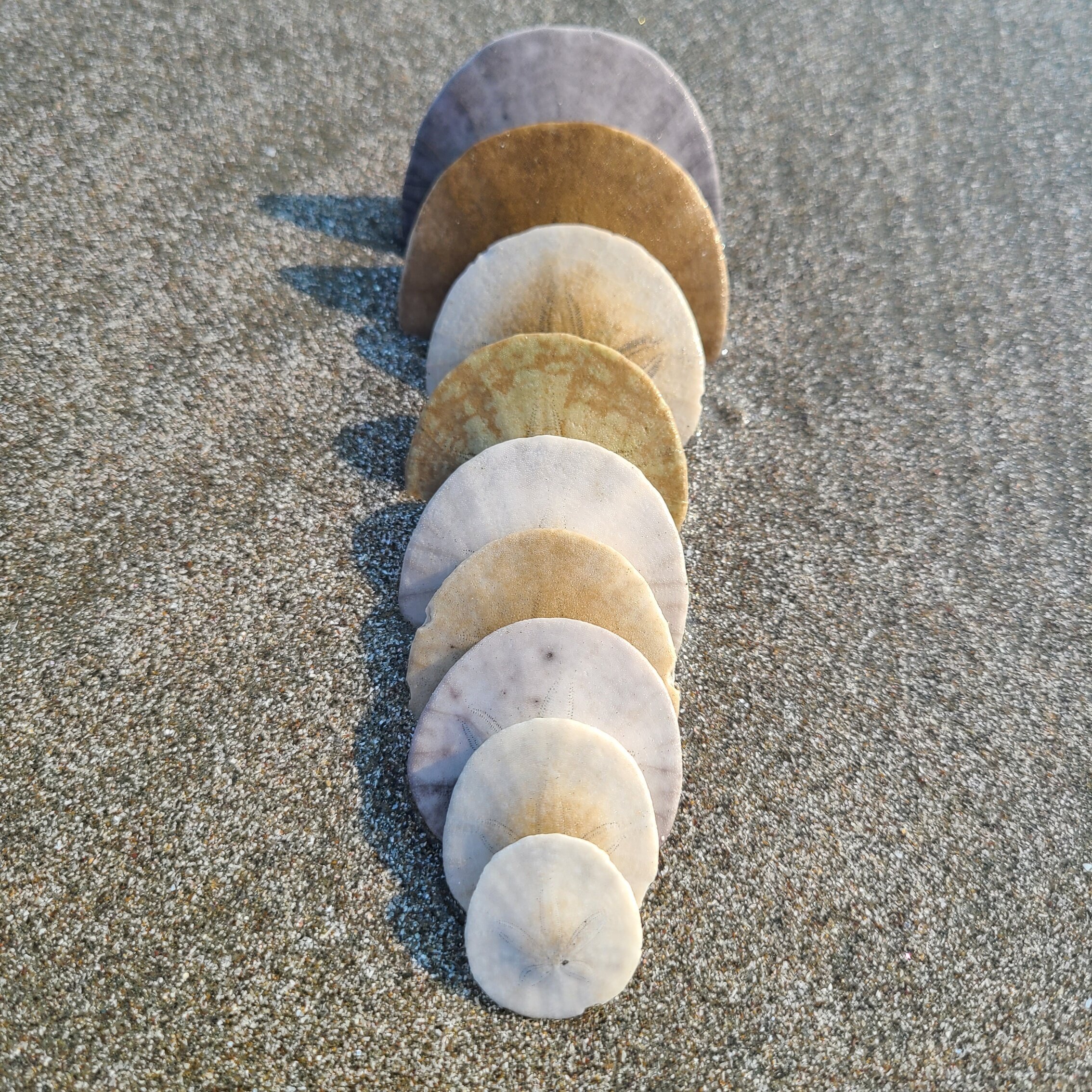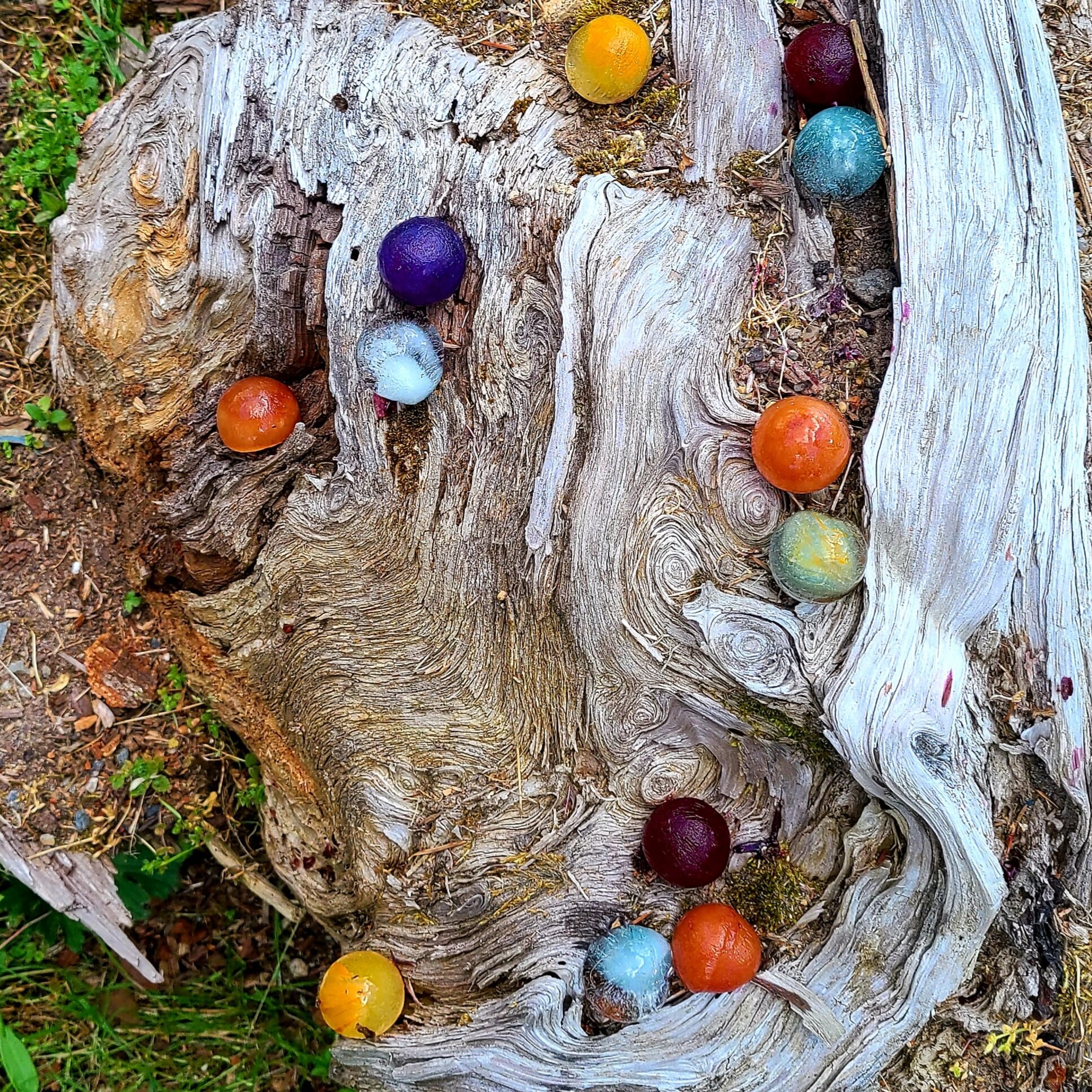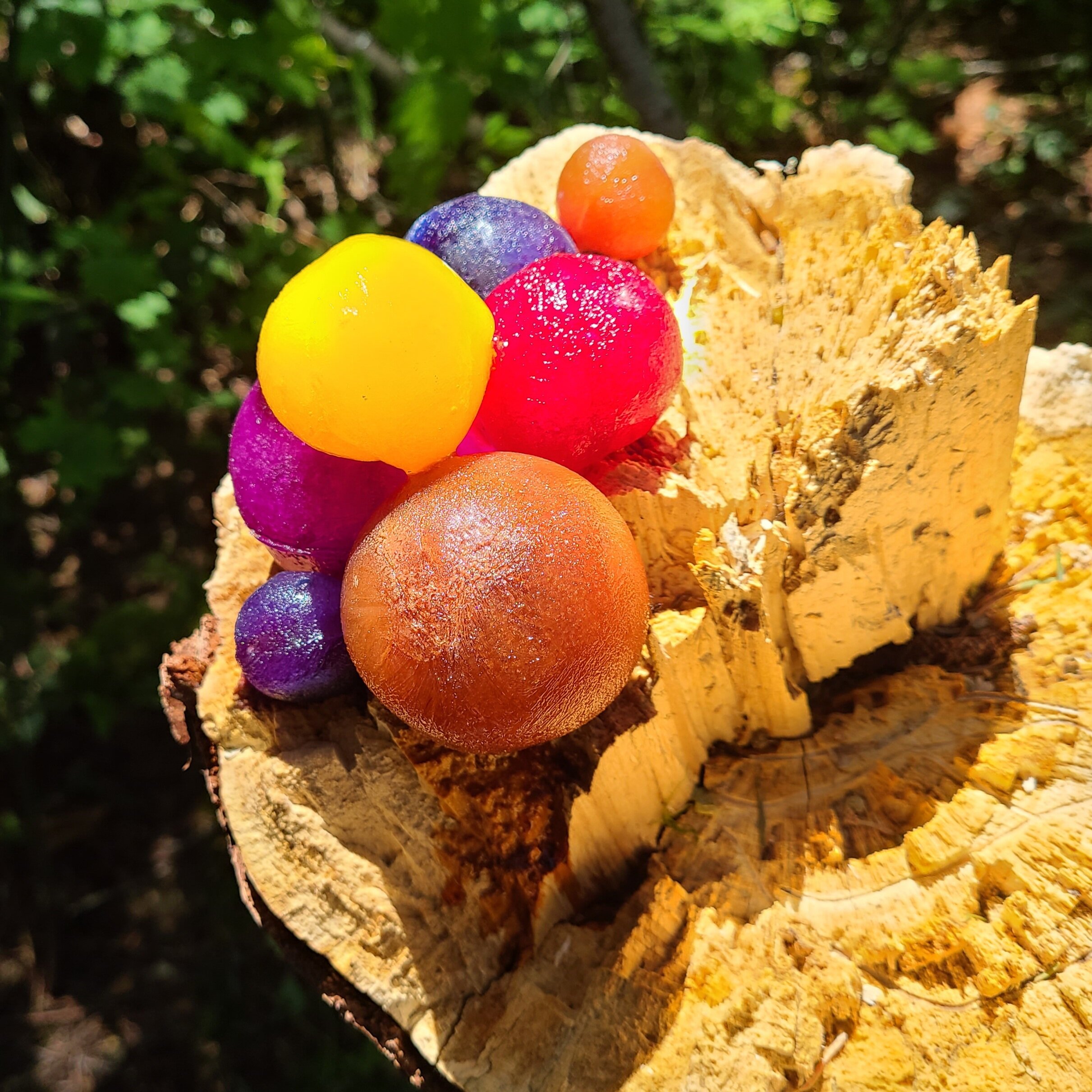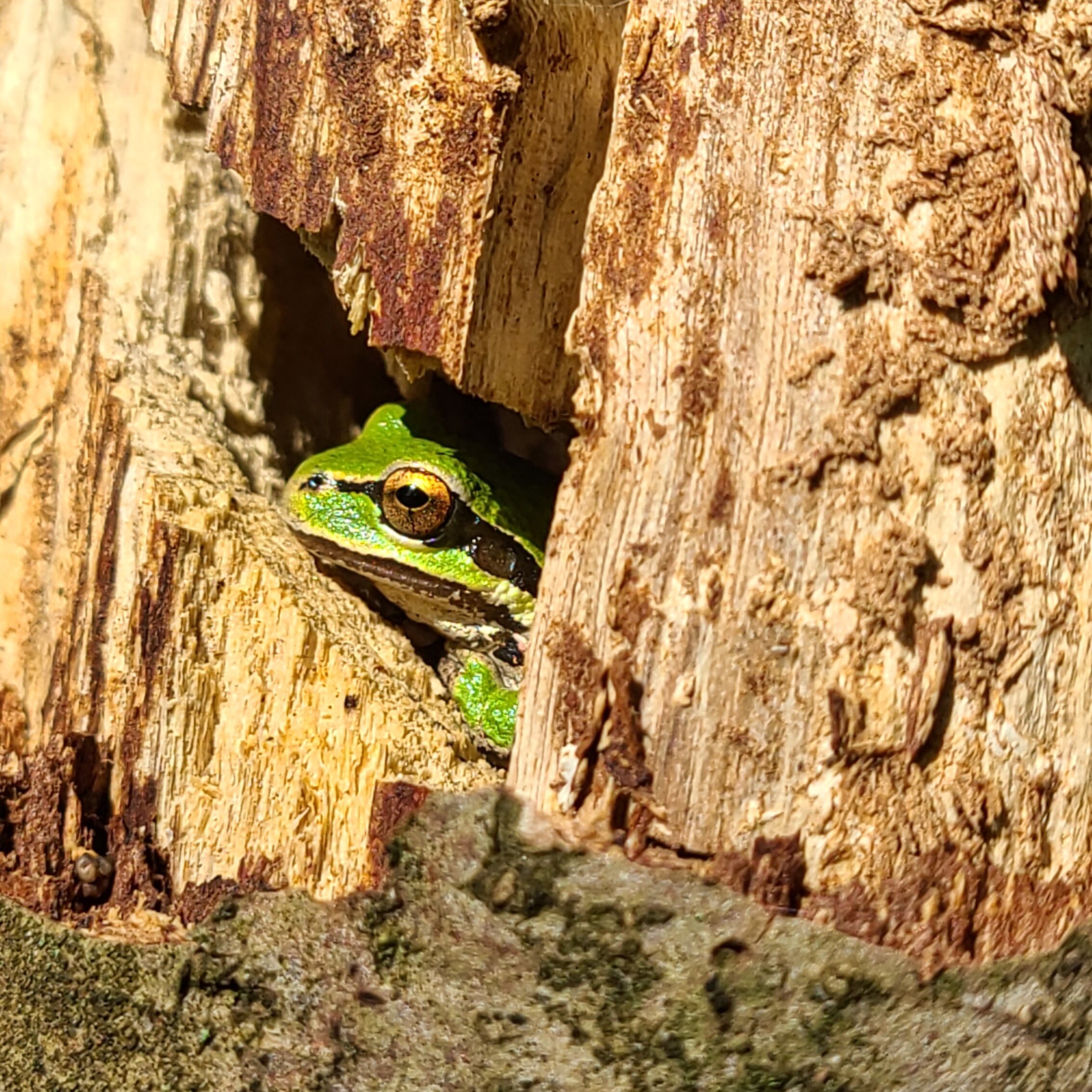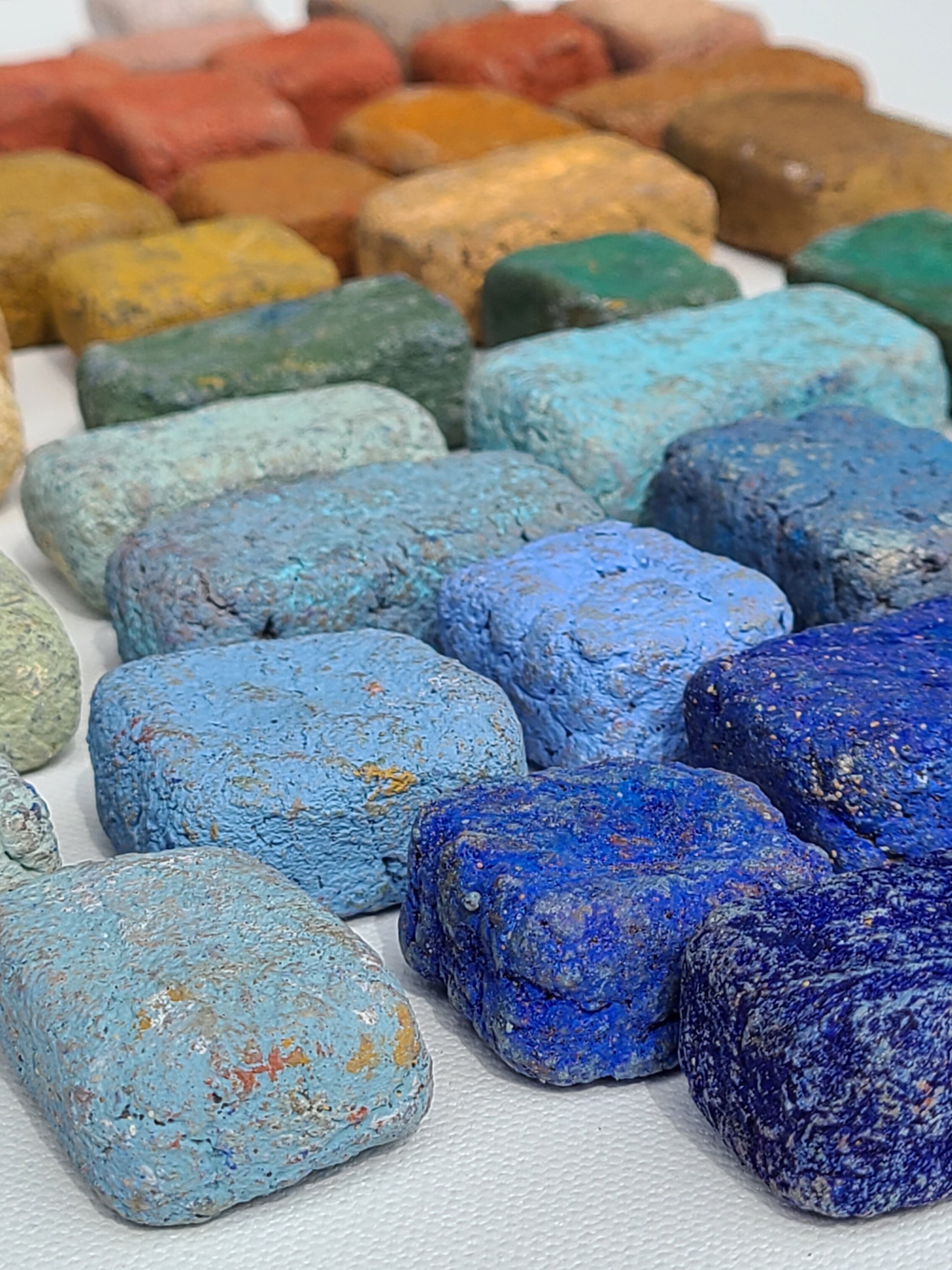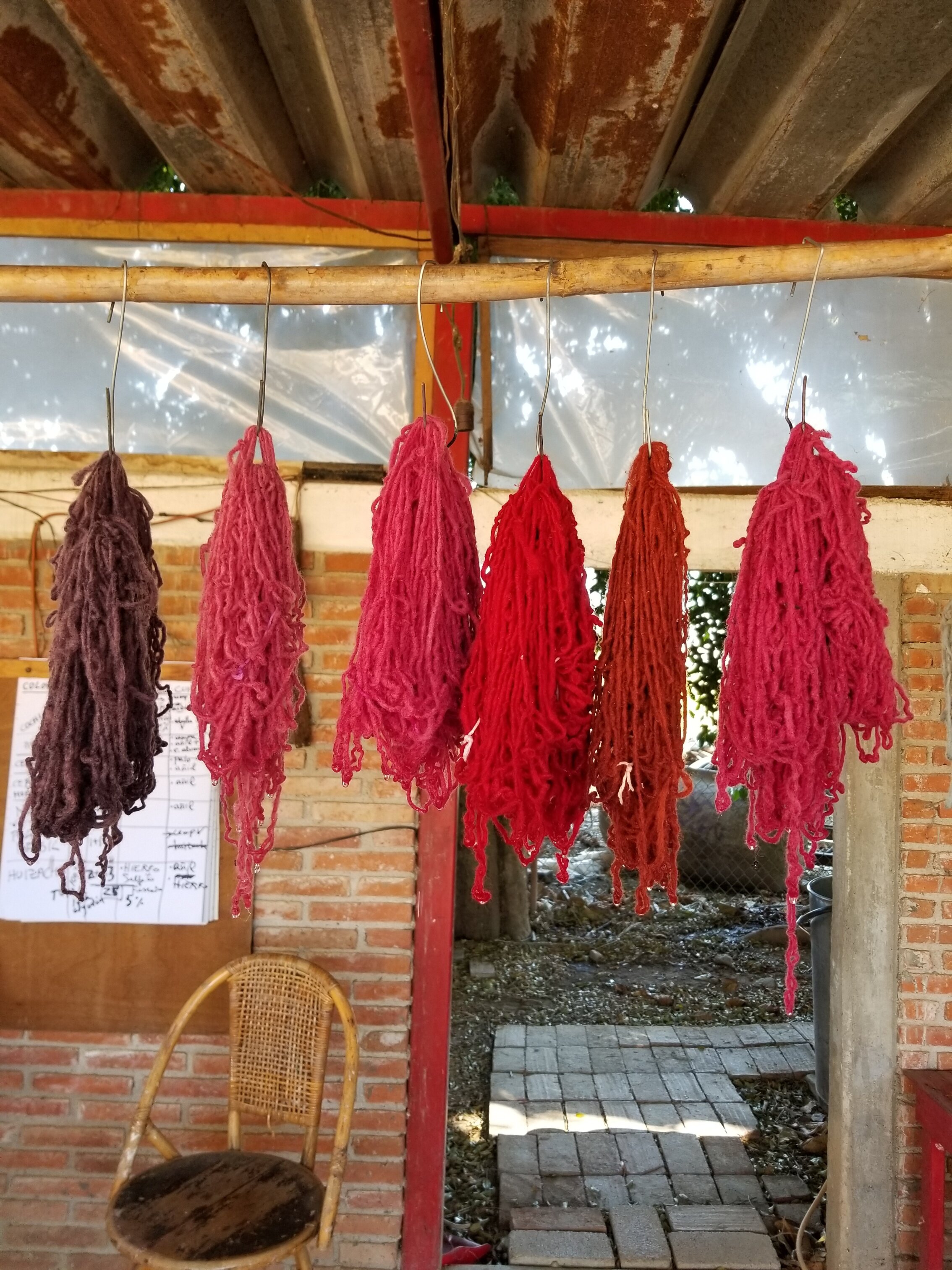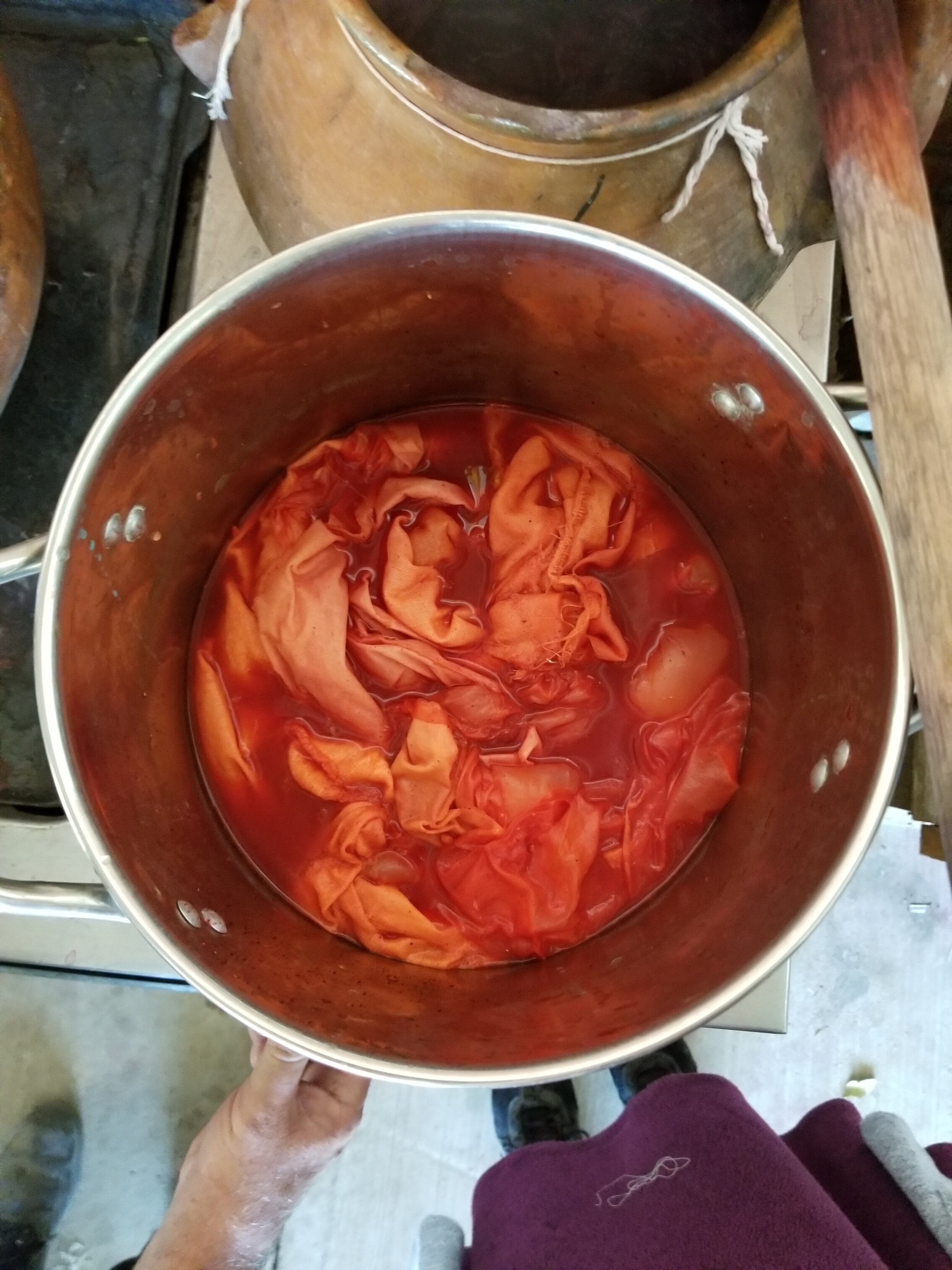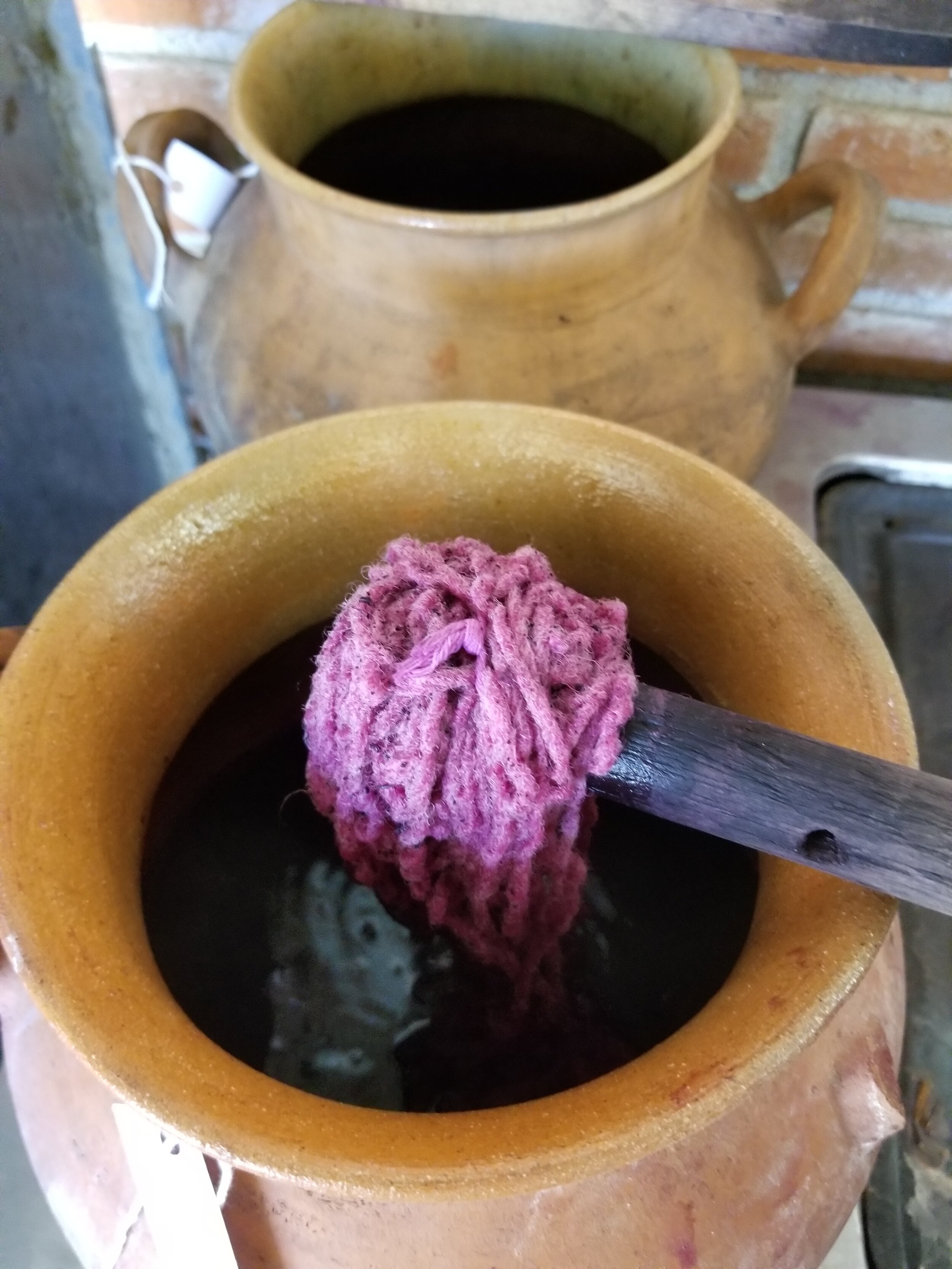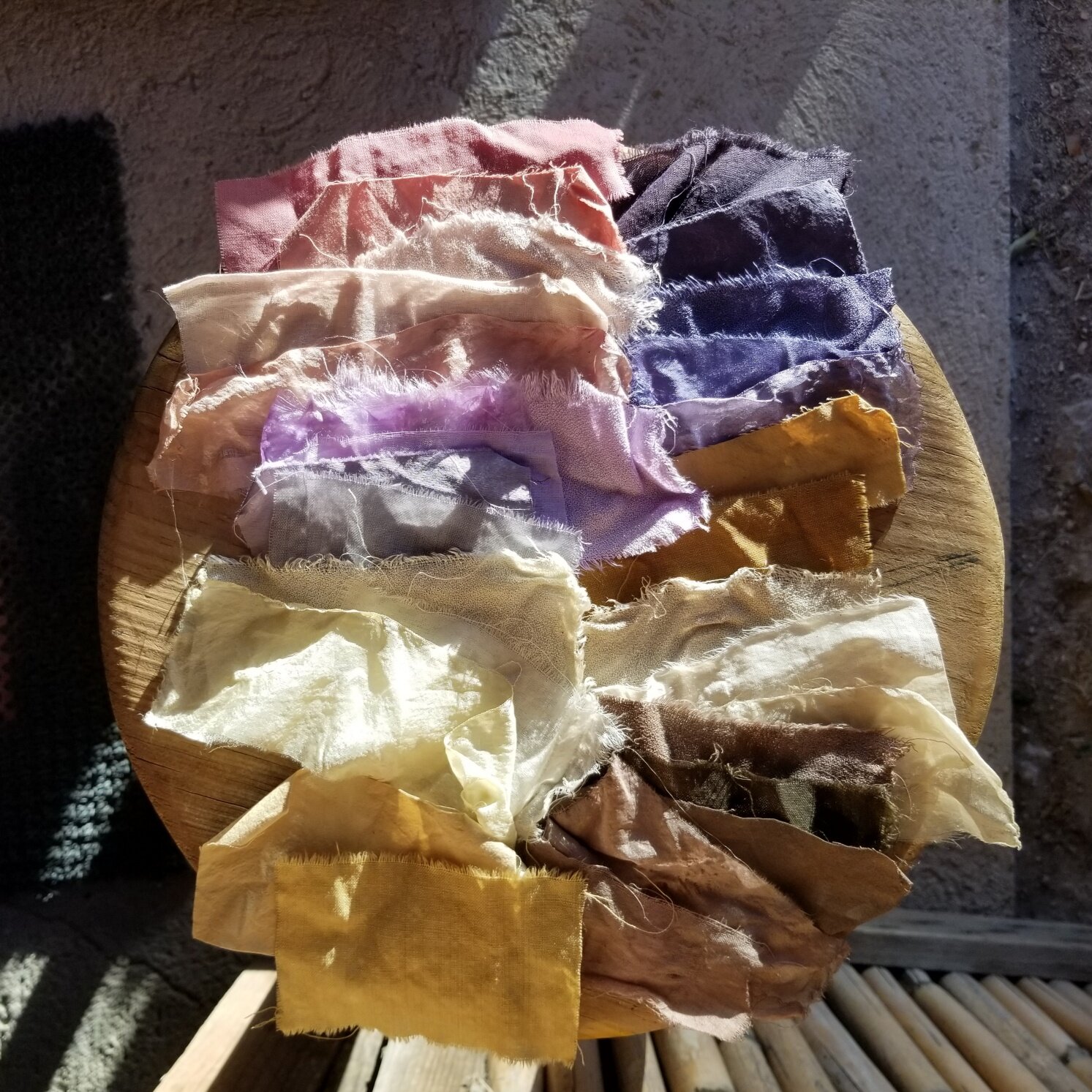Whole numbers
I am now rich with sand dollars. Not the broken shells typically found in my childhood beach hunts, but perfectly whole specimens of this sea urchin treasure.
Seriously – we are talking the mother lode of sand dollars.
Never have I seen such a gorgeous array of sizes and colors of whole sand dollars washed up on the beach, Cayucos, California, September 2020.
So, what does an artist do with so much natural wealth?
Simple – leave it behind in exchange for creative inspiration that only the coast can generously offer.
Welcome to California’s Central Coast!
Bank holiday
My latest journey to visit my daughters living in San Luis Obispo filled my pockets up in more ways than one.
Christmas was the last time I saw my oldest daughter, Devon, and the pandemic had cancelled a springtime trip to play on the beach with all four of us together.
So, two weeks relaxing oceanside with my kids this past month was a true gift.
Hiking Harmony Headlands with my kids, Zsofi, Devon and Mason, August 2020. So much fun!
Exploring the sea cliffs at Montaña de Oro and Harmony Headlands state parks, watching my girls surf at Dog Beach and Moonstone, and catching some pretty sweet sunsets brought some big smiles.
Devon living the surfer’s life on Dog Beach in Cayucos, California, September 2020.
Zsofi shredding it on a foggy day at Moonstone Beach, Cambria, California, August 2020.
It also brought me the opportunity to connect more deeply with my surroundings by leaving small installation offerings as an ephemeral payment of gratitude.
Thank you, Central Coast.
Frozen assets
To tender ice as an artistic medium on a windy beach is exciting stuff.
Finding the perfect spot to create a brief visual experience involves sand, stone and surf. And, as you might imagine, not all places freely accept my form of creative currency.
You have to place a lot of ice to get a lucky shot, and luckily, the failures melt fast! Moonstone Beach, Cambria, California, September 2020.
But, failed attempts are all part of the trek, and without the stagger there can be no sparkle.
Ice installation is a true balancing act of patience and persistence. Cayucos Beach, California, August 2020.
All of the rejected installations are rewarded with laughter and lessons of letting go - critical elements of building a balanced artistic practice.
Bag of sand
Two beaches that are especially generous in their inspirational exchange along the Central Coast are the pebbly Moonstone and the long sandy strand stretching from Morro Bay to Cayucos. Although waves crash against both to sculpt the tideline, there are unique features at each one that draw me in time and time again.
MOONSTONE
Say hello to a rock hound’s paradise of agates, jade and jasper. Every visit I make to the area requires a few hours simply sifting through the stones. So, leaving a small ice installation to mimic the colors of the tumbled rocks felt perfectly placed.
Blue butterfly pea, hibiscus, spirulina and turmeric created beautifully vibrant ice sticks to complement the colorful stones on Moonstone Beach, Cambria, California, September 2020.
Ice orbs mixing with the salty spray of Moonstone Beach honeycomb rocks, Cambria, California, September 2020.
The wind whipped hard on the beach that day, adding to the expressive challenges, but my incredible kids stuck by my side (behind a driftwood shield!) so their free-spirited mom could artfully play.
Love you guys!
CAYUCOS
While this beach charmed me with its trove of whole sand dollars, it was the long, slow tide and larger rock outcrops that inspired my icy installations.
The proximity to our house made it an especially great space to experiment with frozen shapes across several days and in different light.
As the tide stretched in and out, tidal pools exposed vibrant sea anemones and their starfish friends.
The neon glow of the sea anemone at low tide was breathtaking, Cayucos Beach, California, September 2020.
The variation of barnacle formations and mussels on the exposed rocks created intriguing complements to the melting blue cylinders of ice.
Perhaps the most compelling geological feature was a sea stack that brought back memories of an installation adventure in Lofoten, Norway in 2018.
Granite Stack ice installation in Lofoten, Norway is one of my very favorite shots, October 2018.
I made several attempts to capture the essence of Granite Stack, and was treated to a special image in exchange for hours quietly washed away by the California tide.
Mussel Stack ice installation in honor of Granite Stack, Cayucos Beach, California, September 2020.
Stack ‘em deep
Seems that my creative reserves have been happily refilled by my time on the Central Coast, and for that I’m thankful.
The rush of excitement I felt by collecting fistfuls of sand dollars was immediately followed by a natural impulse to interact with their subtle beauty.
Sorting, stacking and releasing them back to the sea is somehow intertwined with the curiosity that drives my installation practice.
How comforting to know I can bank on this coastal inspiration forever.
